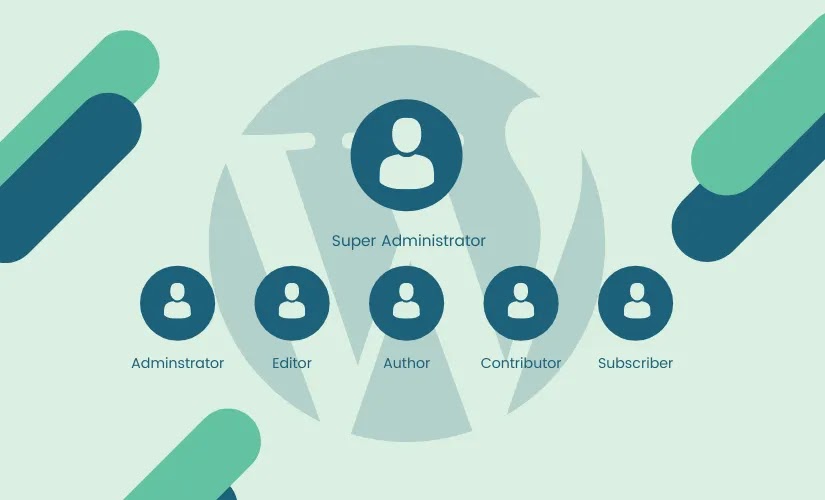Managing and assigning user permissions in WordPress is one of the important tasks when running a large website with many participants. WordPress provides many different user roles, each with its own permissions, making it easy for you to control who has access to and edit content. In this article, we will guide you on how to manage and assign user permissions in WordPress effectively.
Step 1: Access User Management Area
To manage users, you need to access the user management area in your WordPress dashboard. Here are the steps to do it:
- Go to your WordPress dashboard.
- In the left menu, click on the item User (Users).
- Here you will see a list of existing user accounts on your site.

Step 2: Add New User
If you want to add new users to your site, WordPress provides a simple way to do it:
- Access to User -> Add New (Users -> Add New).
- Fill in the required information such as username, email address, display name, and password.
- Select a role for the new user from the drop-down menu. Common user roles include:
- Administrator: Have full access and control over your entire website.
- Editor: Have the right to edit and publish your own and others’ content.
- Author: Be able to write, edit and publish your own articles.
- Contributor: Can write and edit articles but cannot publish.
- Subscriber: Can only read content and manage personal profiles.
- Click Add New User (Add New User) to create an account.
Step 3: Edit User Permissions
If you want to change the permissions of an existing user, you can edit their account easily:
- Access to User (Users) and find the user you want to edit.
- Click Edit (Edit) under username.
- In the section Role (Role), select the new role you want to assign to the user.
- Click User Update (Update User) to save changes.
Editing user roles helps you control access and limit the appropriate permissions for individuals or groups on your site.
Step 4: Use Plugins for Advanced Permission Management
If you need more granular user permission management, you can use plugins to help. Some popular plugins that help with advanced permission management include:
- User Role Editor: This plugin allows you to customize and assign detailed permissions to specific users or user groups.
- Members: Powerful plugin that helps you create new roles and manage detailed permissions for each role.
- Advanced Access Manager: Comprehensive solution for access management, helping you to assign detailed permissions and better secure your website.
Using plugins makes it easy to control user permissions according to your site’s specific needs, especially when you manage a complex site with many different users and roles.
Tips for Effective User Management
To effectively manage users on WordPress, keep in mind the following tips:
- Clear delegation of authority: Make sure you assign the correct roles and permissions to each user to avoid unwanted access and changes.
- Regularly check operations: Check user activity to ensure that it complies with rules and does not cause security issues.
- Access restrictions: Only grant necessary access to each user, especially for accounts that do not need full site administrative rights.
- Use strong passwords: Encourage users to set strong passwords and enable two-factor authentication to enhance site security.
User Management
Managing and assigning user permissions in WordPress is an important part of running a successful website. By assigning the right permissions and using the right tools, you can gain more control over your website’s operations and ensure security. Start managing your users today to optimize your admin experience and protect your website!

